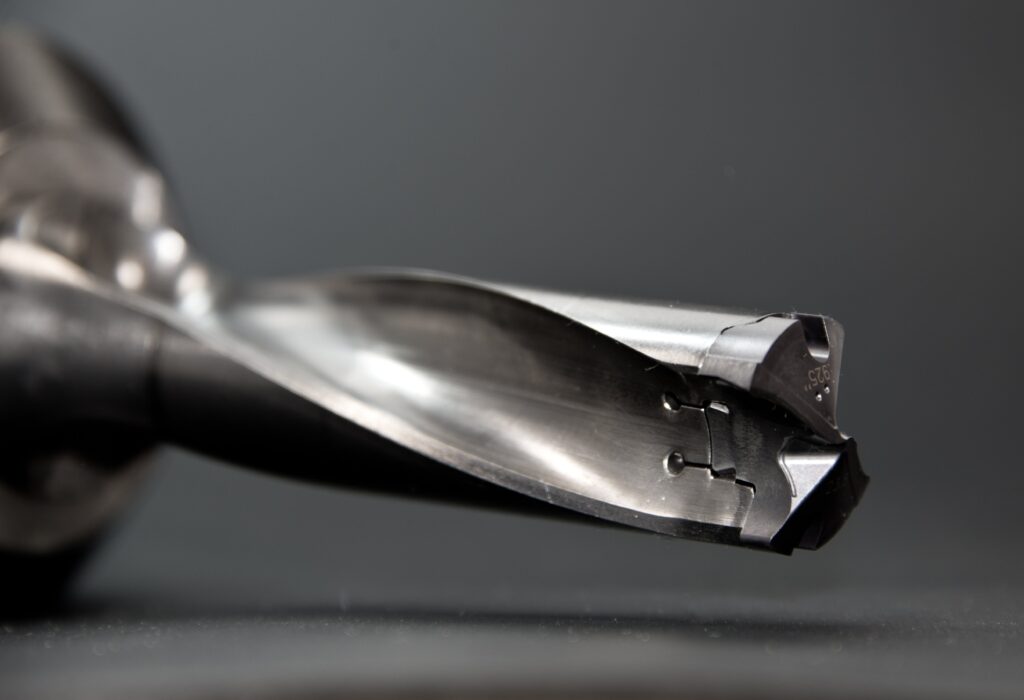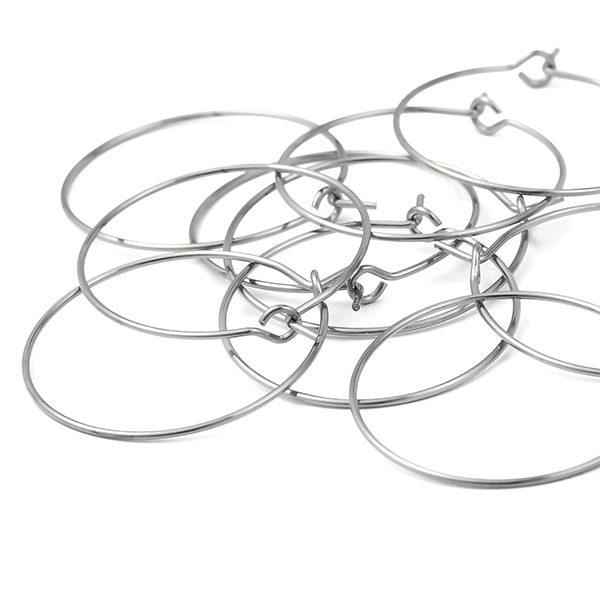Stainless steel jewelry accessories: Great news for allergy sufferers! Say farewell to that unbearable itching and discomfort✨
As a dedicated DIY enthusiast with allergies, I always have to be extra careful in choosing materials for my projects. Picking the wrong material could easily lead to allergic reactions during the wearing process of the finished product.

This time I introduced a new stainless steel DIY material. After ten days of self-wearing evaluation of the finished DIY product (sweating during exercise, touching water in the shower, and not taking it off while sleeping)
I can definitely tell you that it is very friendly to people with allergies! Some sisters may not know the advantages of stainless steel. Today I will give you some popular science:
- Features of Stainless Steel
Stainless steel jewelry is a remarkably unique metal accessory, known for its robust texture and exceptional corrosion resistance.
Unlike silver, which might lose its luster, or copper-based pieces triggering allergies, my stainless steel remains resilient, impervious to the toxicity associated with lead-laden alloy jewelry.
- The safety of stainless steel
It stands the test of time, maintaining its original tone, unaffected by shifts in temperature. The uniformity of stainless steel, coupled with rigorous artificial sweat tests, highlights its corrosion resistance, acid and alkali resilience, non-fading, non-allergenic, non-deforming, rigid, and glossy characteristics.
It’s not just a high-end accessory; it’s a completely safe and environmentally friendly companion, free from any adverse effects on our body.
Note📢: The model picture is for reference only, please refer to the actual product for details.
- Understanding the Corrosion Resistance of Stainless Steel Jewelry
The ability of stainless steel jewelry to resist corrosion is closely tied to the mix of metals, or alloys, it contains. Chromium is a key player in this, significantly contributing to the metal’s corrosion resistance.
Once the chromium content hits approximately 12%, it reacts with the oxygen present in corrosive environments. This reaction results in the formation of a thin oxide film, often referred to as a self-passivation film, on the surface of the steel. This film acts as a protective layer, preventing further corrosion of the steel.

When it comes to maintaining stainless steel materials, here are some common methods👇👇
- Regular Cleaning: Periodically clean the stainless steel surface with a mild cleaner and a soft cloth to remove dust, dirt, and fingerprints.
2. Avoid Chemicals: Avoid exposing stainless steel to strong acids, alkalis, or chlorine-containing chemicals to prevent corrosion and surface damage.
3. Gentle Cleaning Tools: Use a soft brush, sponge, or soft cloth for cleaning to prevent scratching the stainless steel surface.
4. Beautiful Polishing: Use stainless steel-specific polish or household items to maintain its shiny appearance.
5. Prevent Salt Corrosion: If using stainless steel products in coastal areas, be particularly careful with cleaning to prevent corrosion caused by salt deposits.
6. Promptly Wipe Water Spots: Wipe water spots promptly to prevent mineral deposits in the water from causing stains.
7. Avoid Impact with Hard Objects: Avoid collisions between stainless steel products and hard objects to prevent scratches and dents.
8. Ensure Ventilation: If stainless steel products are used outdoors, ensure adequate ventilation to prevent corrosion in humid environments.
9. Regular Inspection: Periodically check the condition of stainless steel products, and if there is damage or corrosion, take prompt repair measures.
How to Clean Stainless Steel Jewelry? Maybe you can watch the video below 👇👇
These maintenance methods contribute to prolonging the lifespan of stainless steel products and maintaining their appearance.








Leave a Reply